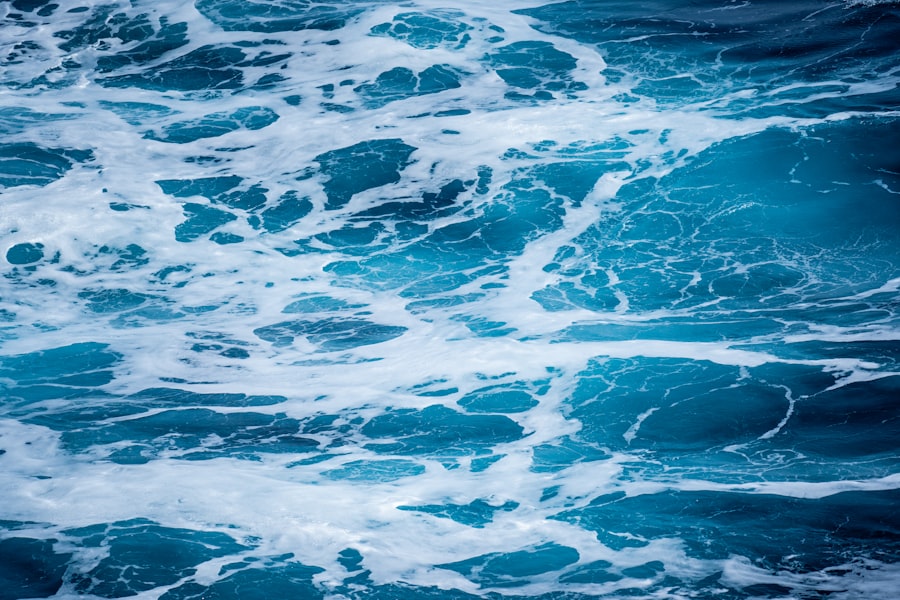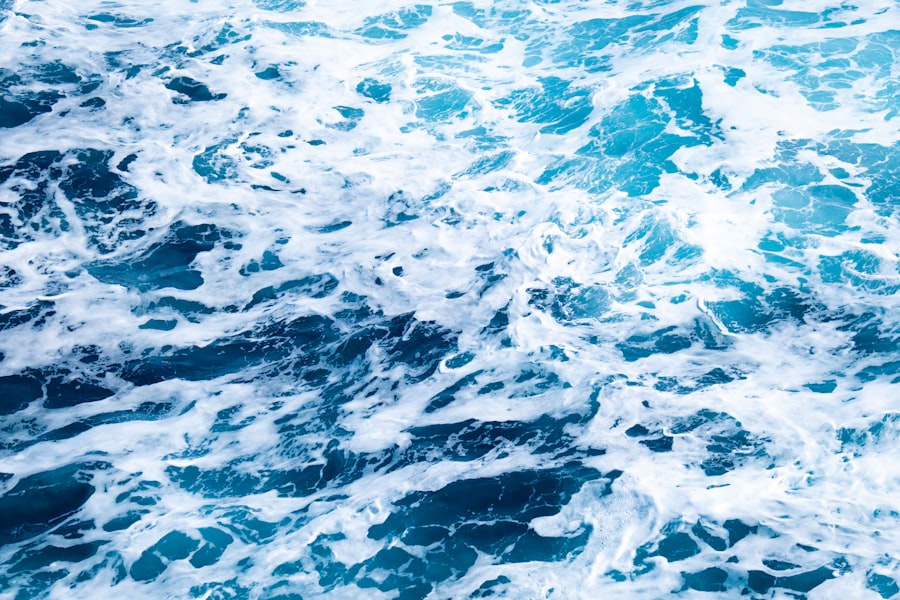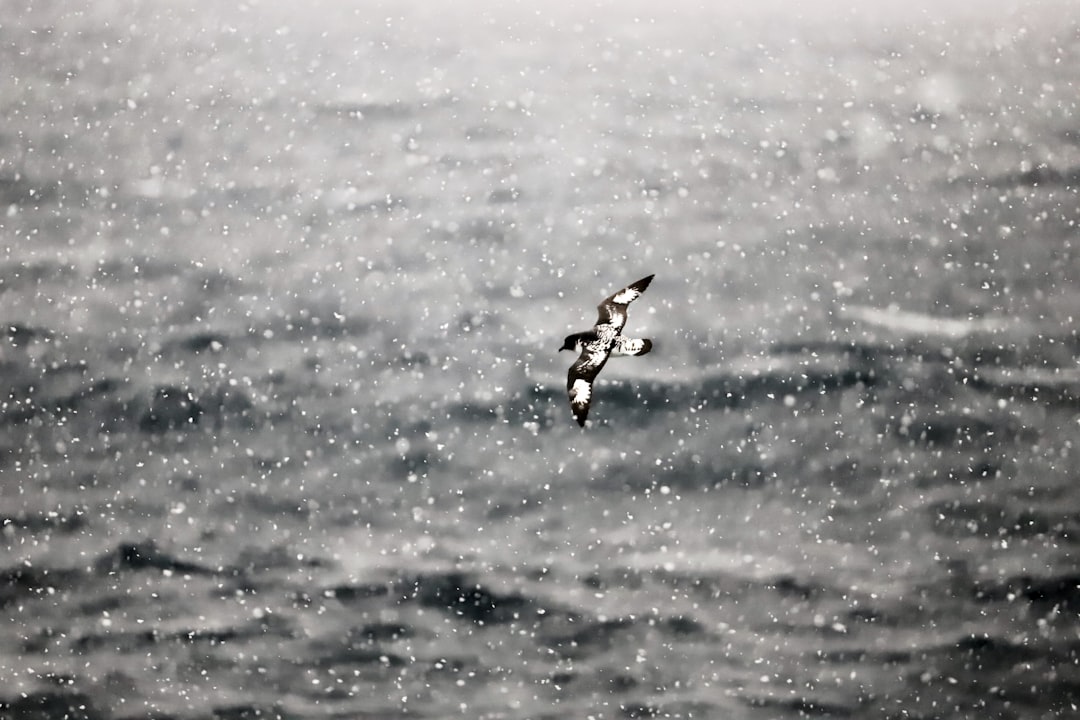The Drake Passage, a body of water that separates South America from Antarctica, is renowned for its tumultuous seas and unpredictable weather. Named after the English explorer Sir Francis Drake, who navigated these waters in the late 16th century, the passage has become a focal point for maritime exploration and scientific research. Stretching approximately 800 kilometers (500 miles) between Cape Horn and the Antarctic Peninsula, it serves as a critical conduit for ocean currents and marine life.
The Drake Passage is not merely a geographical feature; it embodies the spirit of adventure and the challenges of exploration that have captivated sailors and scientists alike for centuries. Navigating the Drake Passage is often considered a rite of passage for those venturing to Antarctica. The waters are notorious for their rough conditions, which can change rapidly, making it a formidable challenge for even the most experienced mariners.
The passage is a vital link in the Southern Ocean, influencing global weather patterns and oceanic currents. As such, it holds significant ecological importance, serving as a habitat for diverse marine species and playing a crucial role in the Earth’s climate system. Understanding the complexities of the Drake Passage is essential for anyone interested in maritime navigation, environmental science, or the history of exploration.
Key Takeaways
- The Drake Passage is a body of water between South America’s Cape Horn and the South Shetland Islands of Antarctica.
- It is the shortest route between the Atlantic and Pacific Oceans, making it a crucial passage for global maritime trade and scientific research expeditions.
- The Drake Passage is known for its notoriously unpredictable and severe weather patterns, including strong winds and frequent storms.
- The strong and unpredictable currents in the Drake Passage pose a significant challenge to navigation, requiring careful planning and consideration.
- The presence of icebergs and sea ice in the Drake Passage further complicates navigation, as there are no nearby landmasses for shelter in case of emergency.
The geographical significance of the Drake Passage
Geographically, the Drake Passage is a unique feature that plays a pivotal role in connecting the Atlantic and Pacific Oceans. This narrow stretch of water is not only a physical barrier but also a dynamic interface where different oceanic systems converge. The passage’s location allows for the mixing of warm and cold waters, which significantly influences marine biodiversity and climate patterns in the surrounding regions.
The convergence of these waters creates an environment rich in nutrients, supporting a diverse array of marine life, including krill, seals, and various species of whales. The Drake Passage also serves as a critical route for shipping and research vessels traveling to and from Antarctica. Its geographical positioning makes it an essential corridor for scientific expeditions aimed at studying climate change, glaciology, and marine ecosystems.
As such, the Drake Passage stands as a testament to the interconnectedness of Earth’s oceans and the importance of preserving these vital waterways.
The unpredictable weather patterns

One of the most daunting aspects of the Drake Passage is its notoriously unpredictable weather patterns. Sailors often describe the passage as experiencing “four seasons in one day,” where calm seas can quickly transform into raging storms. This volatility is primarily due to the confluence of various atmospheric systems that collide in this region.
The passage lies at the meeting point of cold polar air masses from Antarctica and warmer air from the north, creating an environment ripe for sudden weather changes. The impact of these unpredictable weather patterns cannot be overstated. For mariners, this means that careful planning and constant vigilance are essential when navigating these waters.
Storms can arise with little warning, bringing high winds and towering waves that pose significant risks to vessels. Additionally, fog and low visibility can complicate navigation further, making it imperative for sailors to be well-prepared and equipped with reliable weather forecasting tools. Understanding these weather dynamics is crucial for ensuring safety while traversing the Drake Passage.
The strong and unpredictable currents
| Location | Current Strength | Frequency |
|---|---|---|
| Coastal areas | Strong | Unpredictable |
| Open sea | Variable | Occasional |
In addition to its volatile weather, the Drake Passage is characterized by strong and unpredictable currents that can challenge even the most seasoned navigators. The confluence of oceanic currents in this region creates a complex system that can lead to swift changes in water movement. The Antarctic Circumpolar Current, which flows from west to east around Antarctica, is particularly influential in shaping the currents within the passage.
This powerful current can create turbulent conditions that affect vessel stability and navigation. Navigating these currents requires skill and experience, as they can significantly alter a ship’s course and speed. Mariners must be adept at reading oceanographic charts and understanding how currents interact with wind patterns to ensure safe passage through this challenging waterway.
The unpredictability of these currents adds another layer of complexity to navigating the Drake Passage, underscoring the need for thorough preparation and knowledge of maritime navigation techniques.
The presence of icebergs and sea ice
The presence of icebergs and sea ice further complicates navigation in the Drake Passage. As vessels approach Antarctica, they encounter floating ice masses that can pose serious hazards to navigation. Icebergs calve from glaciers on the Antarctic continent and drift into the passage, creating obstacles that require careful maneuvering.
These ice formations can be massive, with some towering above water while others lurk just beneath the surface, making them difficult to detect. Sea ice also plays a significant role in shaping conditions within the Drake Passage. During certain times of the year, particularly in winter, sea ice can expand significantly, reducing navigable waters and increasing risks for vessels attempting to traverse the area.
Mariners must remain vigilant and utilize advanced radar technology to detect ice formations and navigate safely through these treacherous waters. The presence of icebergs and sea ice serves as a reminder of the raw power of nature in this remote region and highlights the importance of respecting its challenges.
The lack of nearby landmasses for shelter

Another significant challenge faced by vessels navigating the Drake Passage is the lack of nearby landmasses for shelter. Unlike many other maritime routes where islands or coastal areas provide refuge during storms or adverse conditions, the Drake Passage offers few options for safe harbor. This isolation can be particularly daunting during severe weather events when vessels may need to seek shelter from high winds and rough seas.
The absence of land also means that mariners must be self-reliant when traversing this passage. They must carry sufficient supplies, fuel, and equipment to endure extended periods at sea without access to land-based resources. This lack of nearby landmasses emphasizes the importance of thorough planning and preparation before embarking on a journey through the Drake Passage.
It serves as a stark reminder that navigating these waters requires not only skill but also resilience in facing nature’s challenges.
The historical significance of the Drake Passage
The historical significance of the Drake Passage cannot be overlooked, as it has played a crucial role in maritime exploration since its discovery. Sir Francis Drake’s expedition in 1578 marked one of the first recorded passages through these waters, paving the way for future explorers seeking new trade routes and territories. Over the centuries, numerous explorers have braved the treacherous conditions of the Drake Passage in pursuit of knowledge and adventure.
The passage has also been instrumental in shaping global trade patterns and geopolitical dynamics. Its strategic location has made it a vital route for shipping between Europe and Asia, particularly during times when alternative routes were less accessible. The historical narratives surrounding the Drake Passage are rich with tales of bravery, discovery, and human endeavor against formidable odds.
These stories continue to inspire modern explorers and researchers who venture into this challenging environment.
The challenges faced by early explorers
Early explorers faced numerous challenges when navigating the Drake Passage, many of which remain relevant today. Limited technology and navigational tools made it difficult for them to accurately chart their courses or predict weather patterns. Sailors relied heavily on their instincts and experience, often facing perilous conditions with little more than their courage to guide them.
Moreover, early explorers contended with inadequate provisions and equipment designed for long voyages through treacherous waters. Many ships were ill-equipped to handle the fierce storms that frequently swept through the passage, leading to shipwrecks and loss of life. These challenges highlight not only the bravery required to explore such uncharted territories but also the resilience of those who dared to venture into one of nature’s most formidable environments.
Modern navigation and safety measures
In contrast to early explorers, modern navigation through the Drake Passage benefits from advanced technology and safety measures that enhance maritime safety. GPS systems provide accurate positioning information, allowing vessels to navigate with greater precision than ever before.
Safety measures have also evolved significantly over time. Modern vessels are equipped with state-of-the-art communication systems that allow for constant contact with support teams on land or at sea. This connectivity ensures that mariners can receive real-time updates on weather conditions or emergencies that may arise during their journey through the passage.
These advancements have transformed navigation in the Drake Passage into a more manageable endeavor while still requiring respect for its inherent challenges.
The impact of climate change on the Drake Passage
Climate change has begun to exert its influence on the Drake Passage, leading to observable changes in its environment and ecosystems. Rising global temperatures have resulted in melting glaciers in Antarctica, contributing to increased freshwater input into the passage. This influx can alter salinity levels and disrupt marine ecosystems that depend on stable conditions.
Additionally, changes in sea ice extent due to warming temperatures have implications for navigation in these waters. As sea ice diminishes during warmer months, new shipping routes may open up; however, this also raises concerns about increased maritime traffic in an ecologically sensitive area. The impact of climate change on the Drake Passage underscores the need for ongoing research and monitoring to understand how these changes will affect both marine life and human activities in this critical region.
Navigating the Drake Passage with caution
Navigating the Drake Passage remains an endeavor fraught with challenges that demand respect and caution from all who venture into its waters. From unpredictable weather patterns to strong currents and ice hazards, mariners must be well-prepared to face nature’s formidable forces. While modern technology has improved safety measures significantly compared to those faced by early explorers, it is essential not to underestimate the power of this unique maritime environment.
As climate change continues to reshape conditions within the Drake Passage, ongoing research will be vital in understanding its implications for both navigation and marine ecosystems. Ultimately, those who navigate these waters must do so with a sense of humility and awareness of their surroundings—recognizing that while advancements have been made, nature remains an unpredictable force that demands respect from all who seek to traverse its depths.
The Drake Passage is notorious for its treacherous waters, making it one of the most dangerous sea routes in the world. This narrow body of water between the southern tip of South America and Antarctica is infamous for its unpredictable weather, strong currents, and towering waves, which pose significant challenges to even the most experienced sailors. For those interested in learning more about the geographical and historical significance of the Drake Passage, as well as the factors contributing to its perilous reputation, a related article can be found on MyGeoQuest. You can explore more about this topic by visiting this page.
WATCH NOW! Drake Passage: Earth’s Deadliest Waters Revealed
FAQs
What is the Drake Passage?
The Drake Passage is the body of water between the southern tip of South America and the northern tip of the Antarctic Peninsula. It connects the Atlantic and Pacific Oceans.
Why is the Drake Passage dangerous?
The Drake Passage is known for its rough seas and strong winds, making it one of the most treacherous stretches of water in the world. The convergence of the Atlantic, Pacific, and Southern Oceans creates intense weather patterns and unpredictable conditions, leading to hazardous sailing and flying conditions.
What makes the weather in the Drake Passage so extreme?
The strong westerly winds and the lack of any significant landmass to disrupt the flow of air contribute to the extreme weather conditions in the Drake Passage. The combination of these factors leads to the formation of powerful storms and rough seas.
Are there any other factors that contribute to the danger of the Drake Passage?
The presence of icebergs and ice floes adds to the danger of navigating the Drake Passage, especially for ships and smaller vessels. The cold temperatures and the remote location also pose additional challenges for any potential rescue operations in case of emergencies.
Are there any safety measures in place for crossing the Drake Passage?
Ships and vessels crossing the Drake Passage often take precautions such as having experienced crew members, using advanced navigational equipment, and closely monitoring weather forecasts. Additionally, some ships may have ice-strengthened hulls to better withstand the icy conditions.
